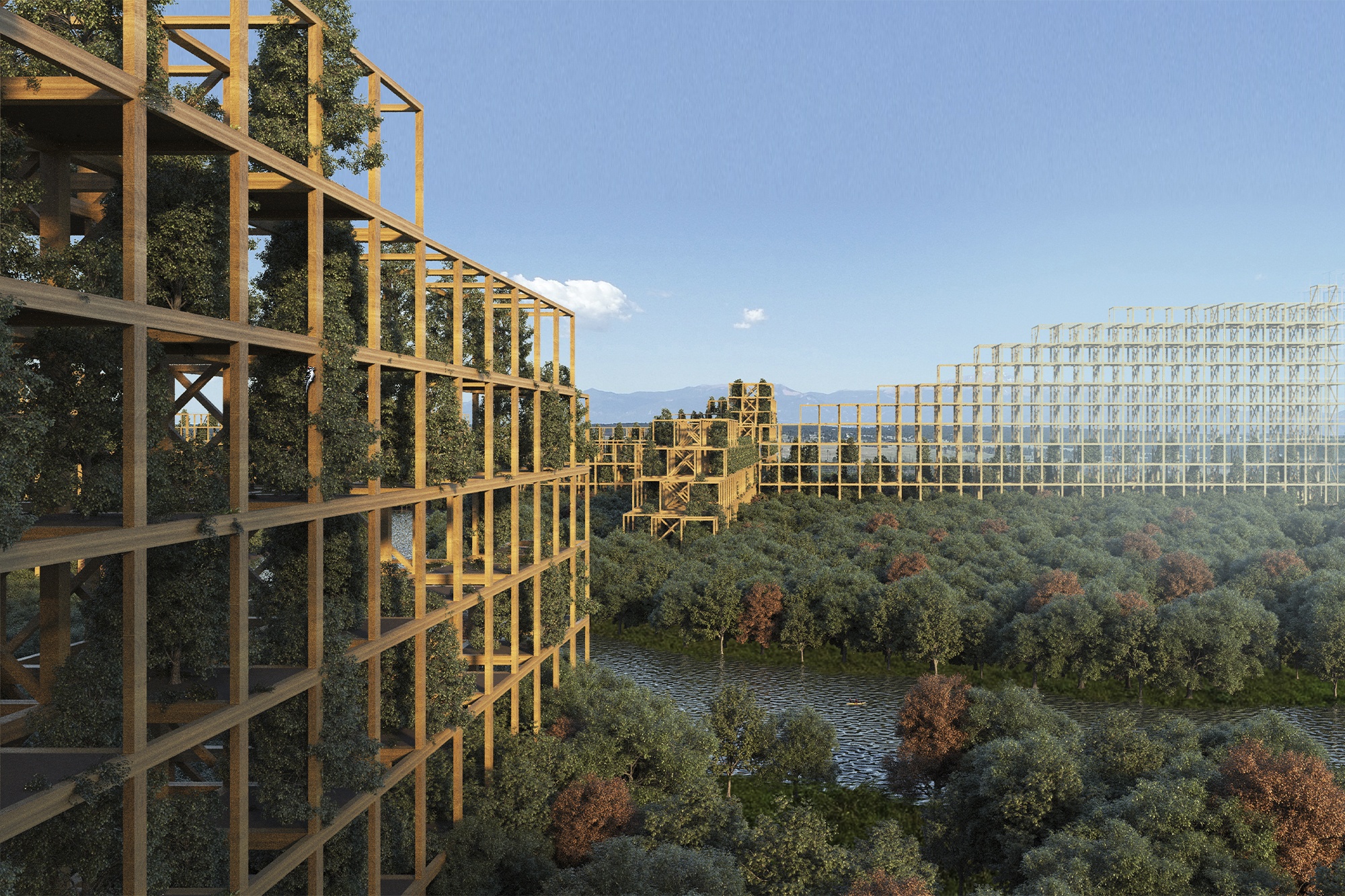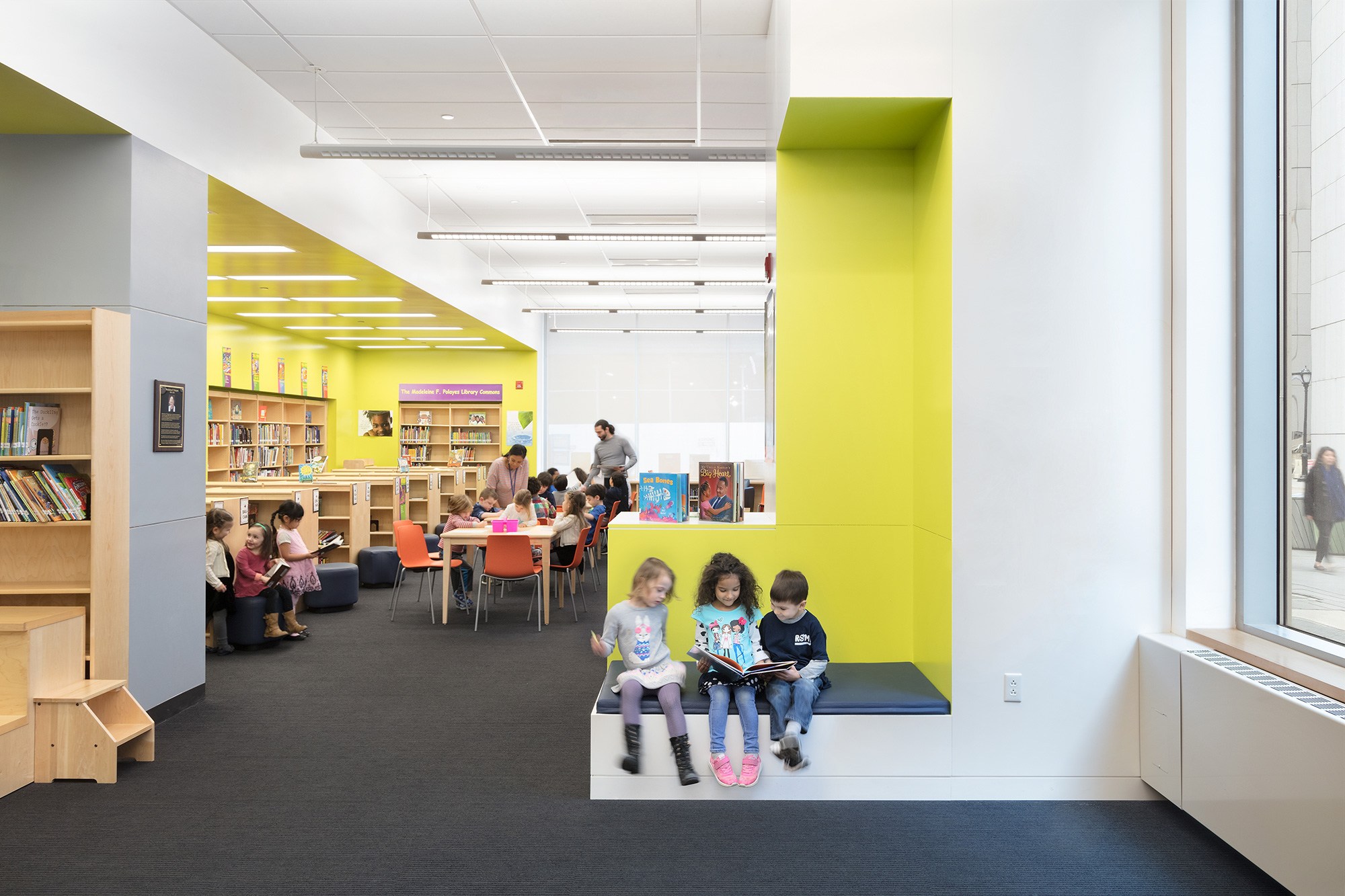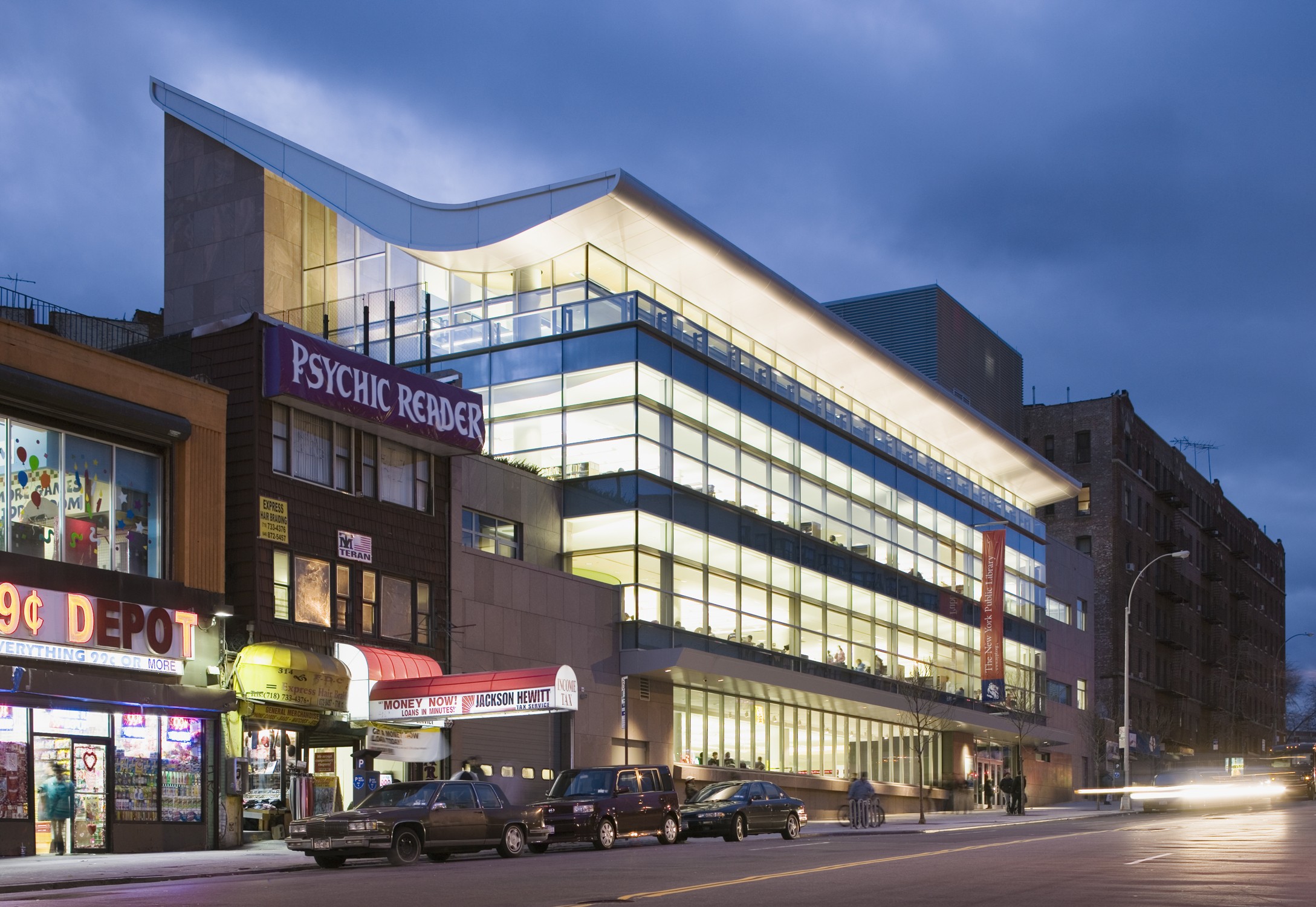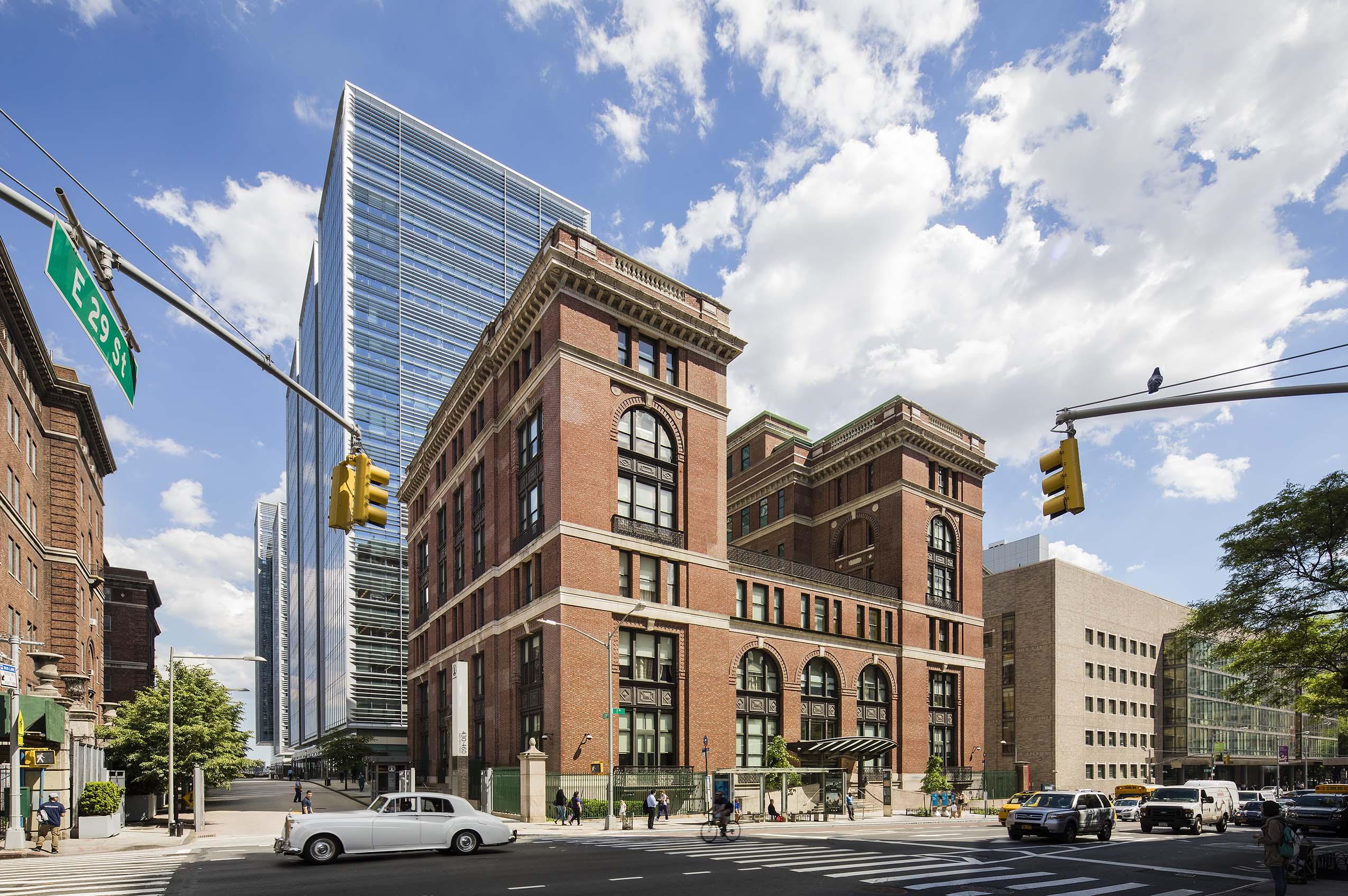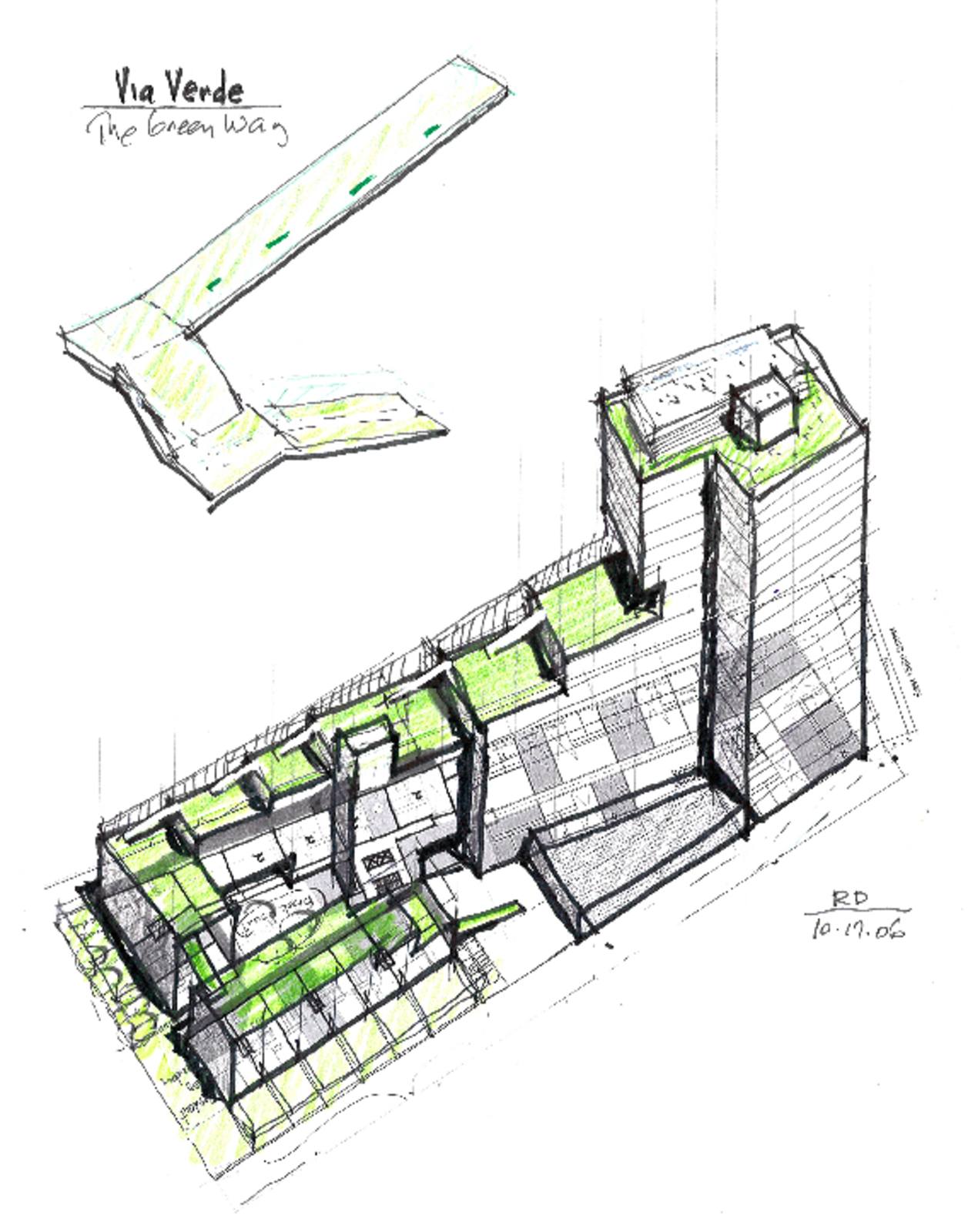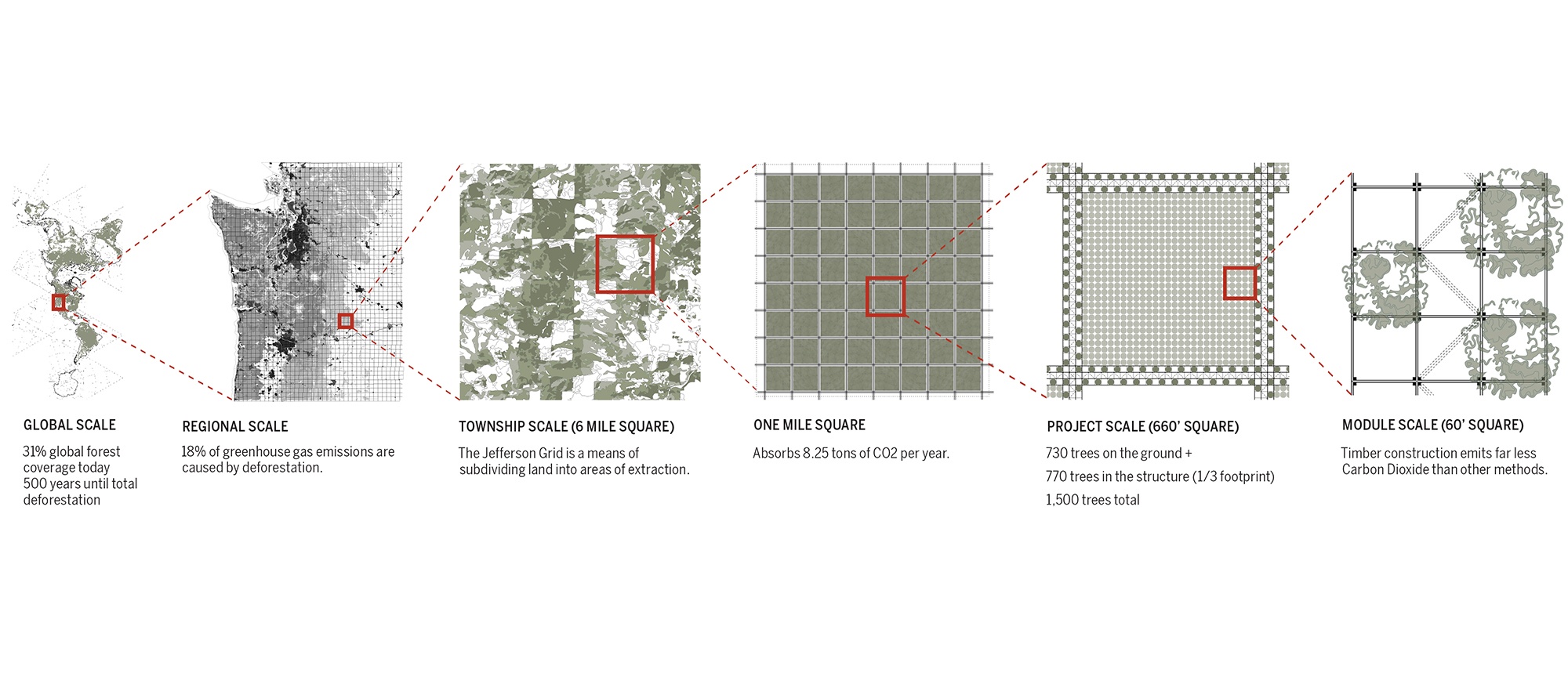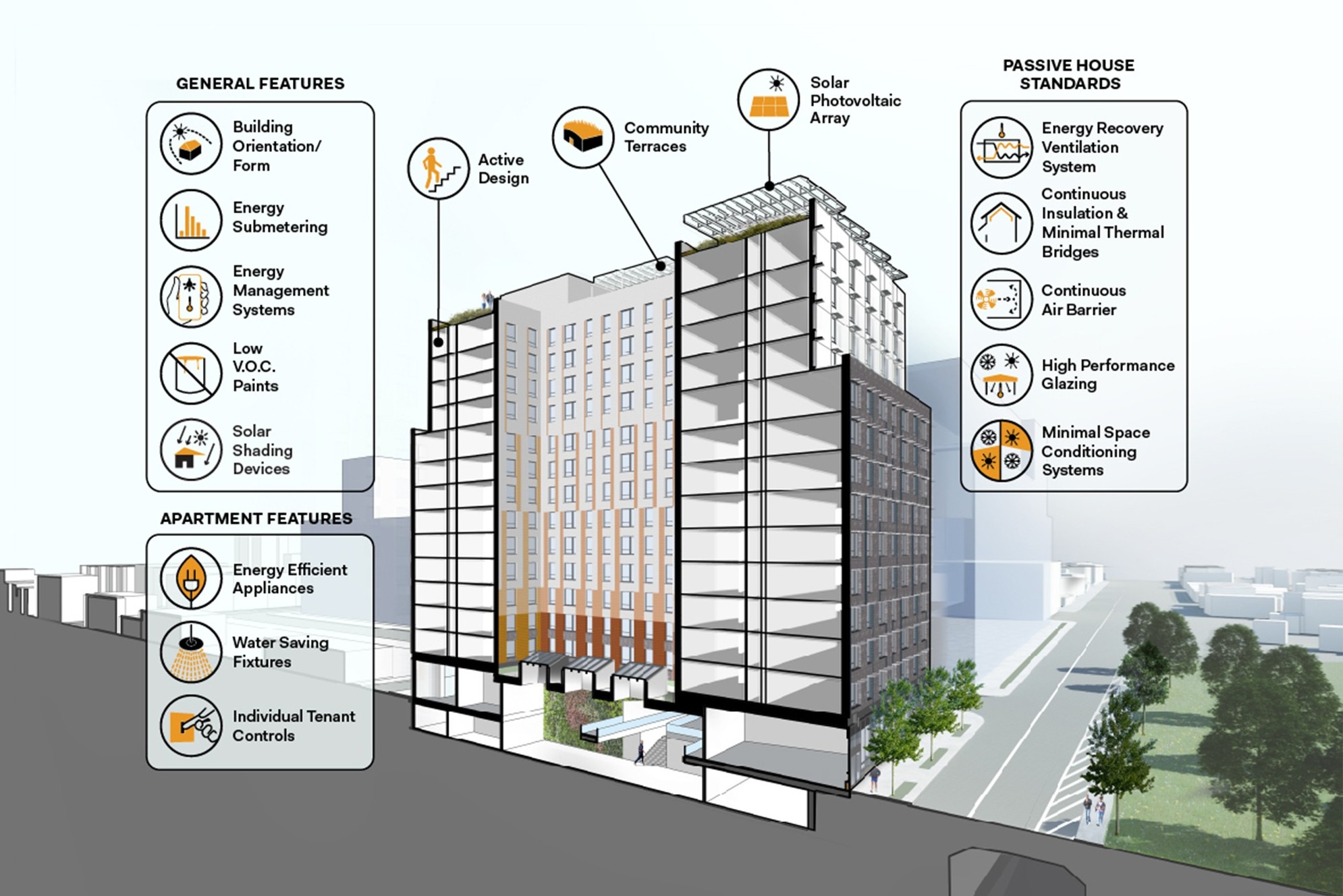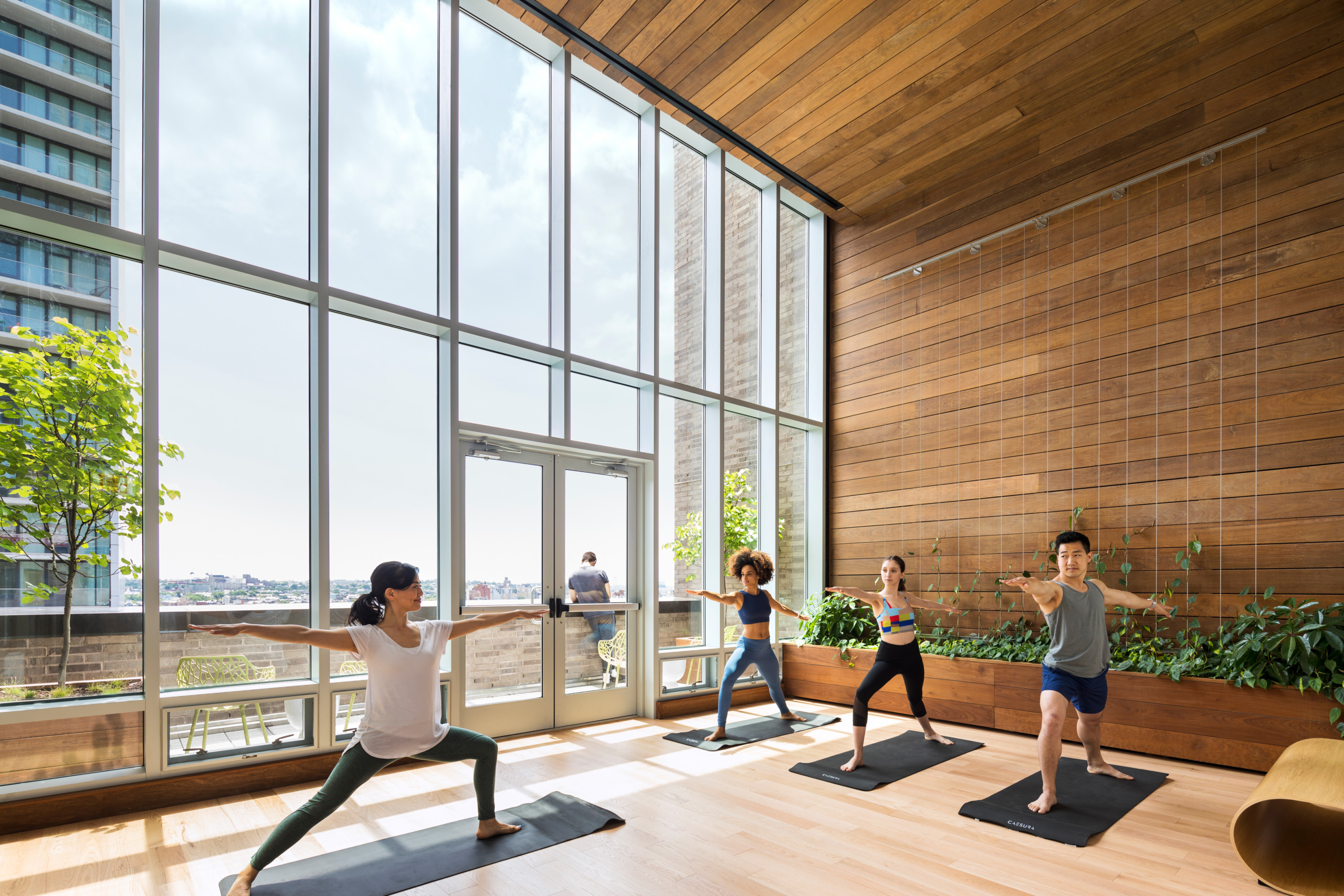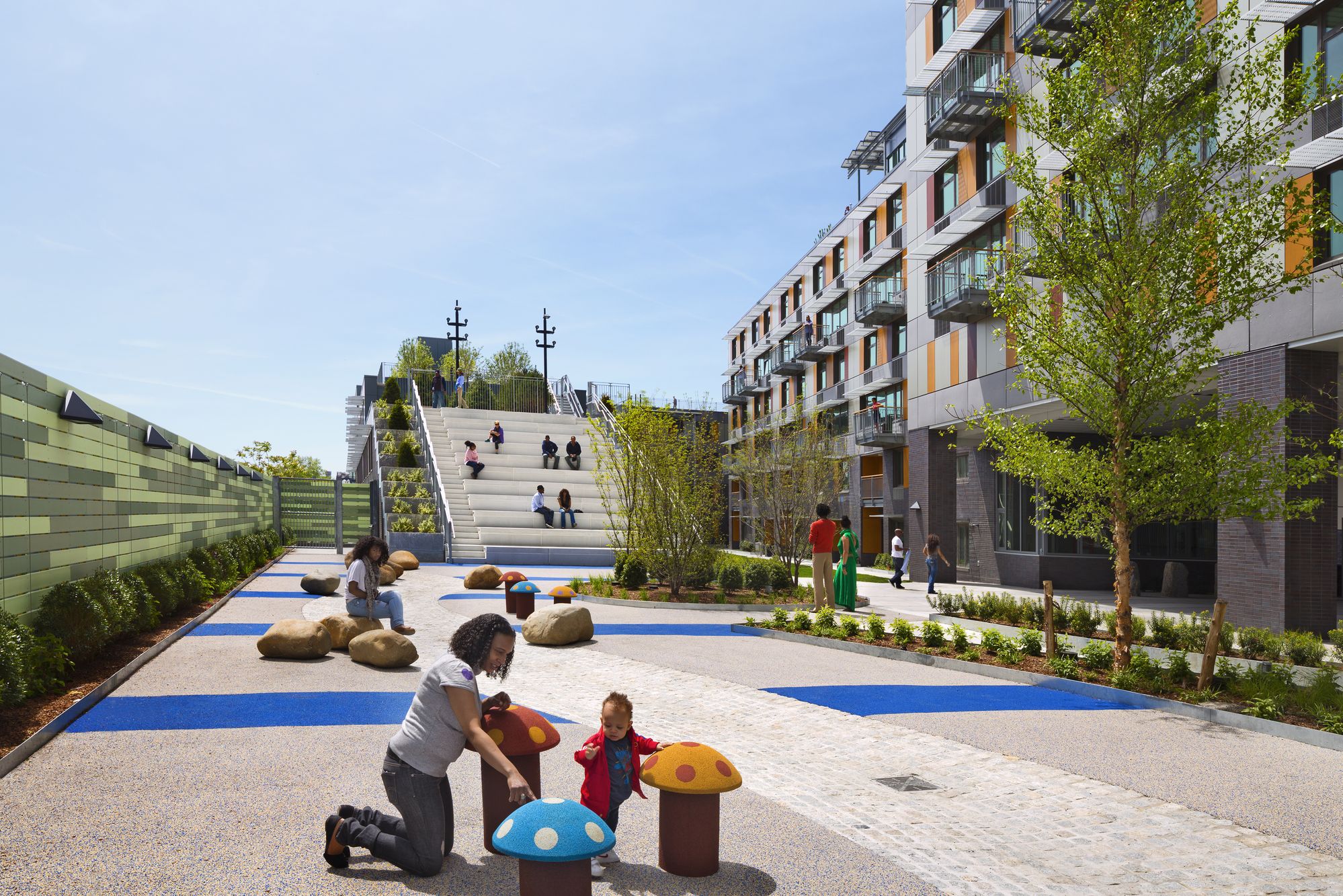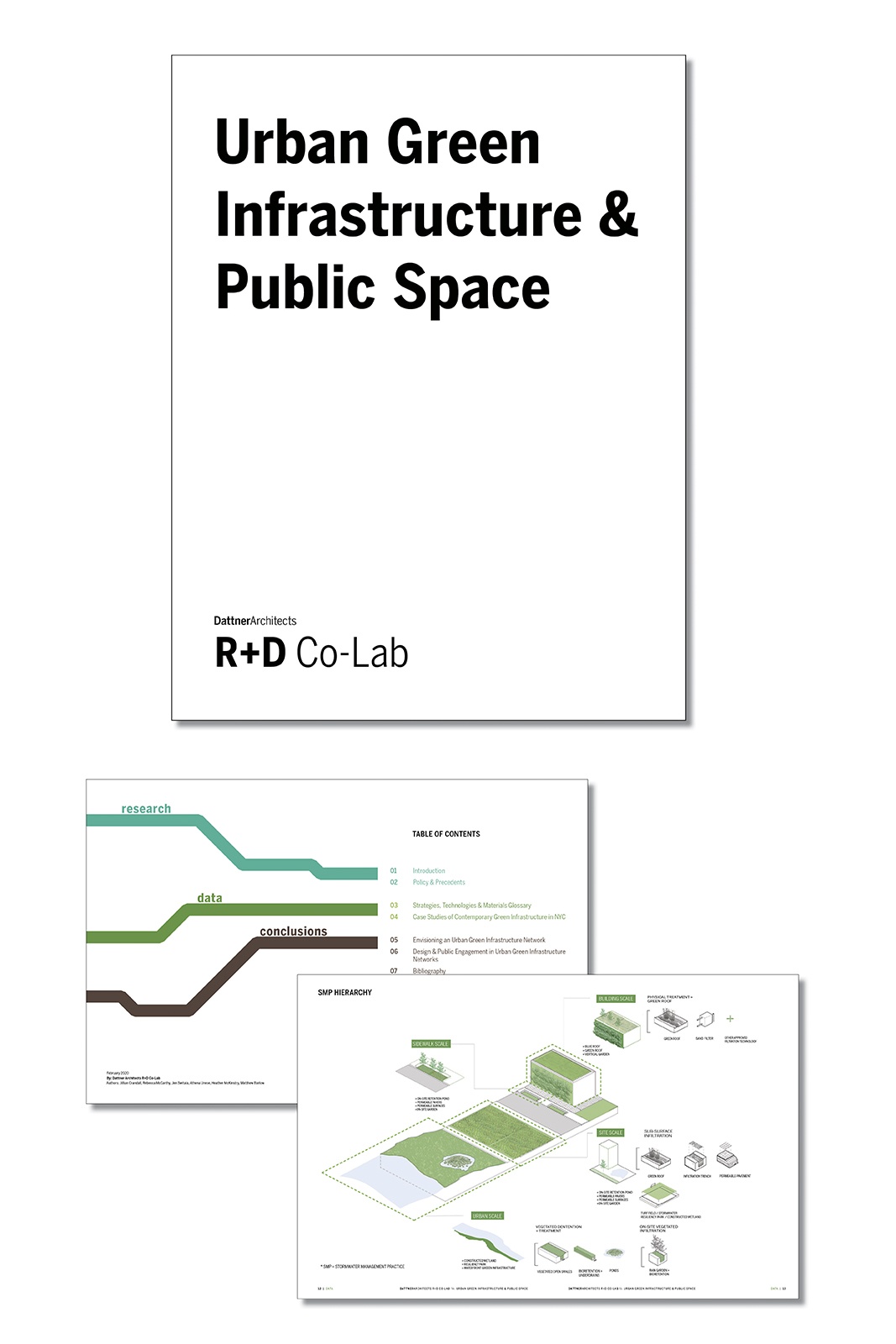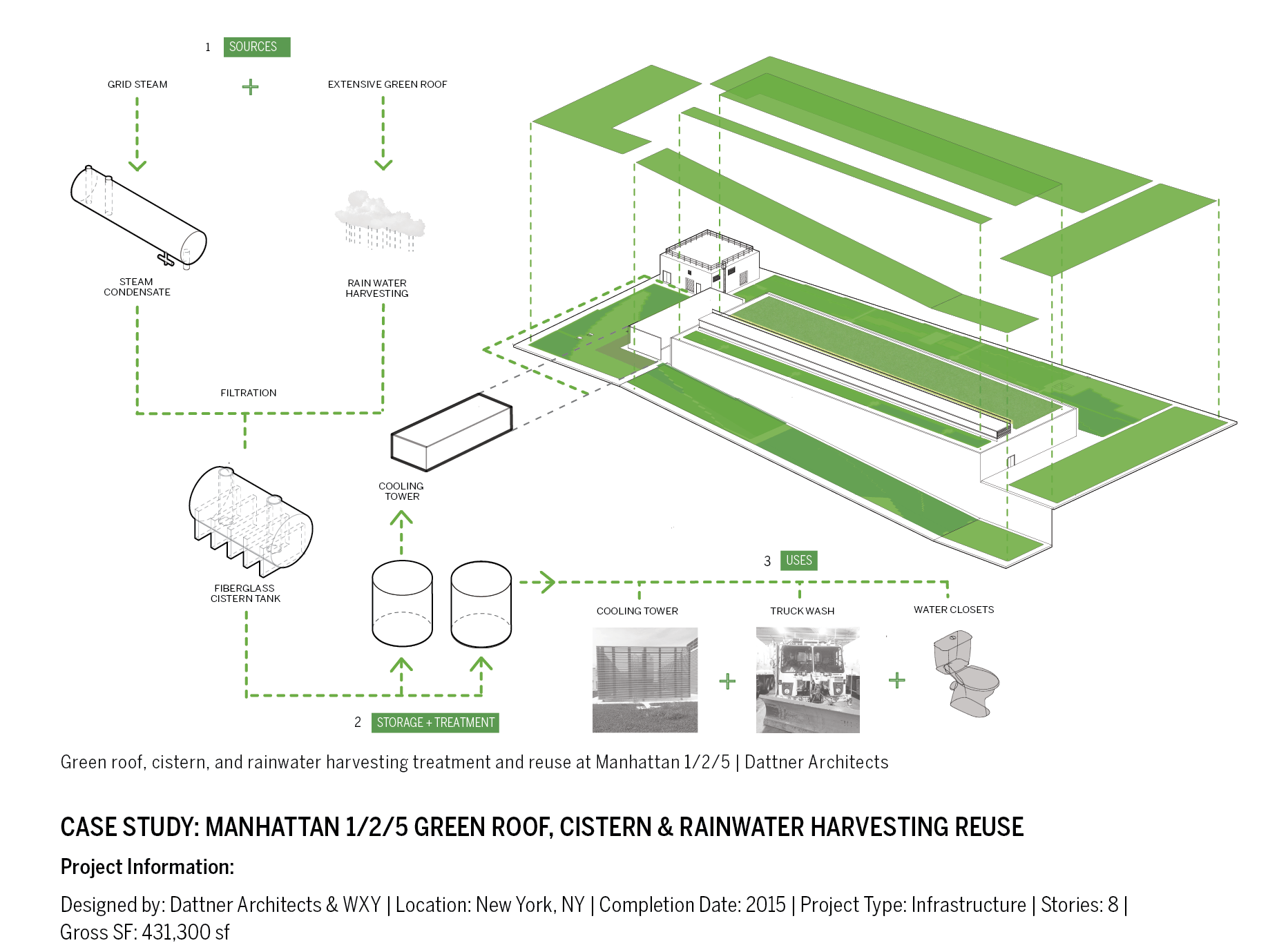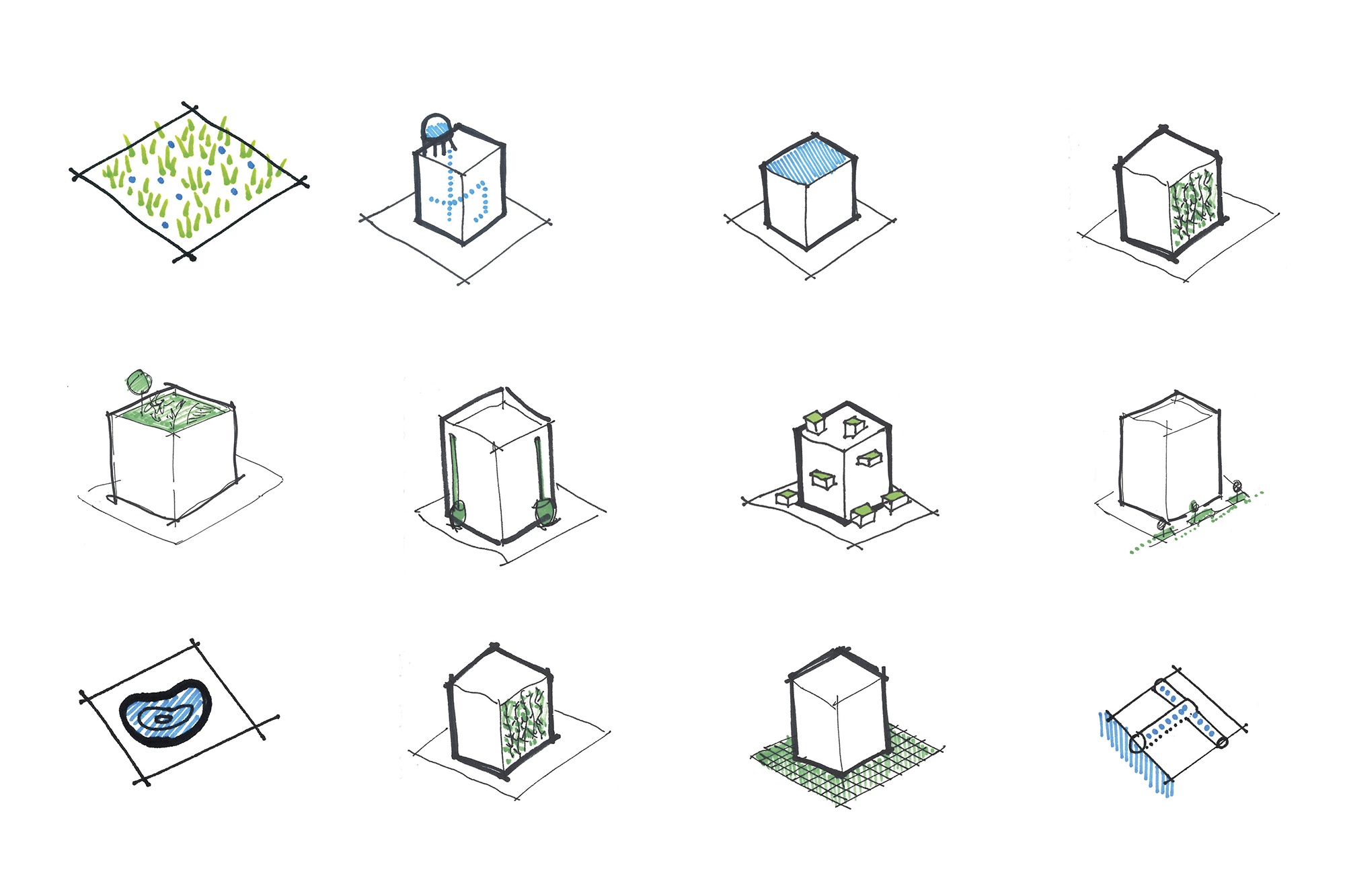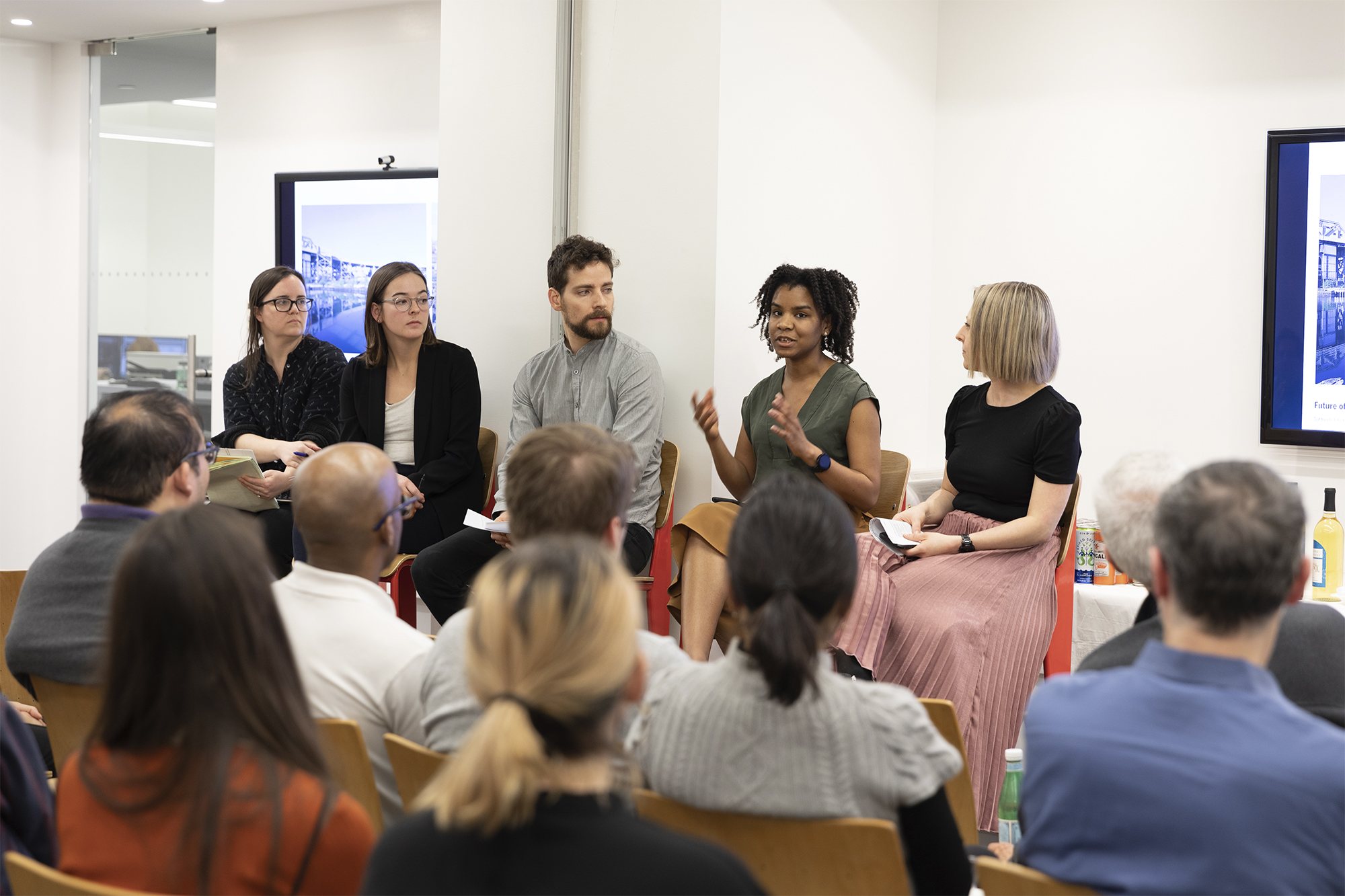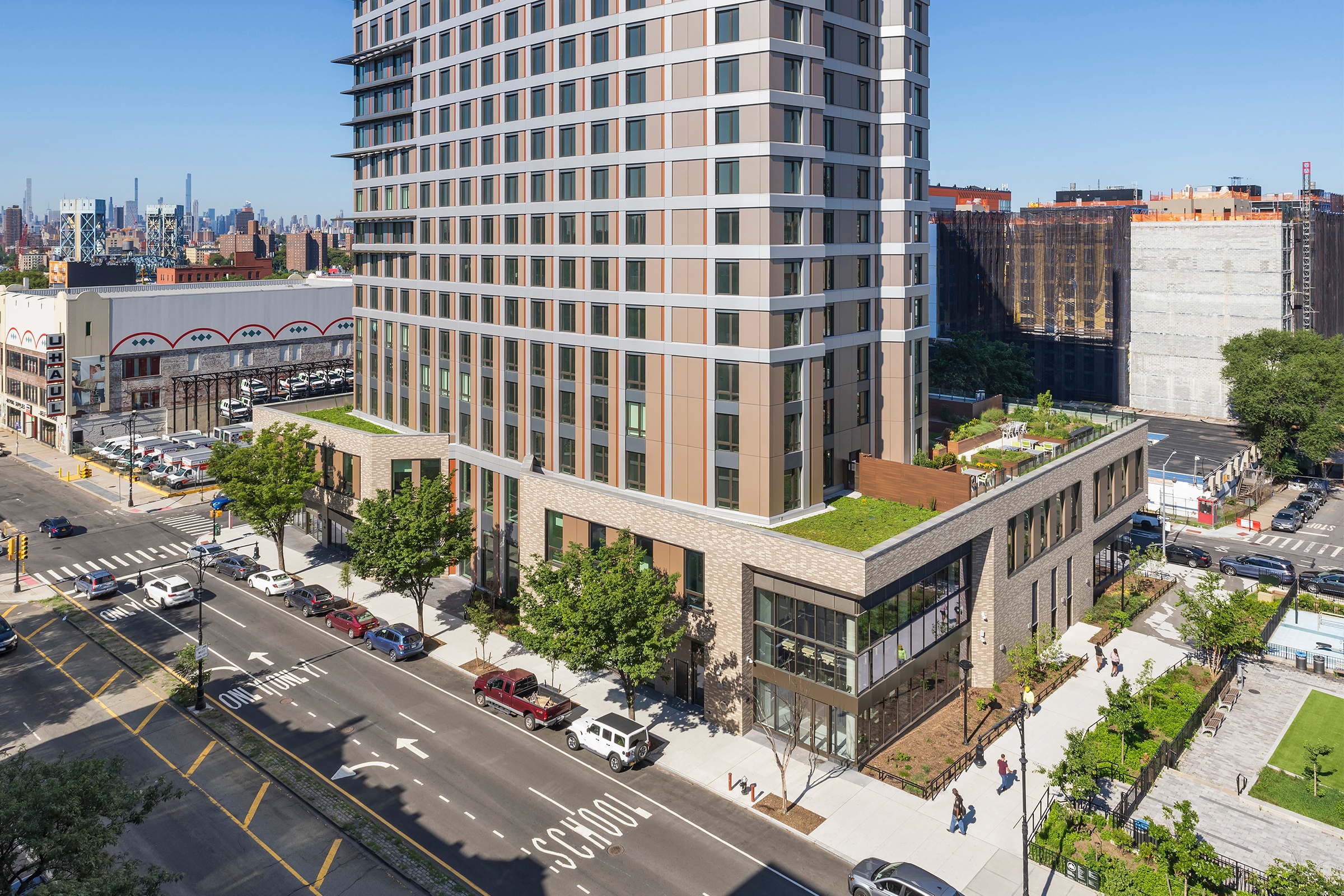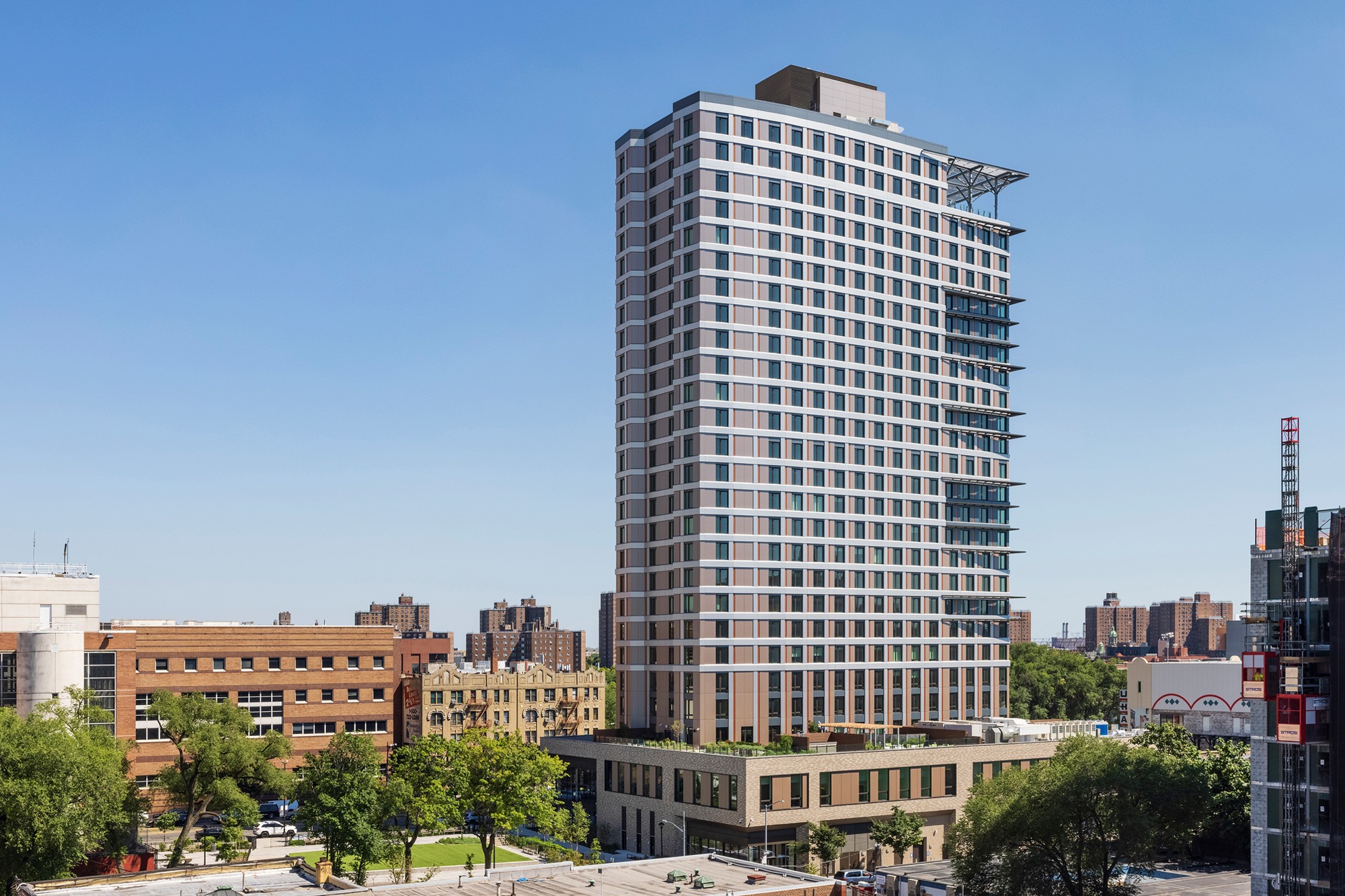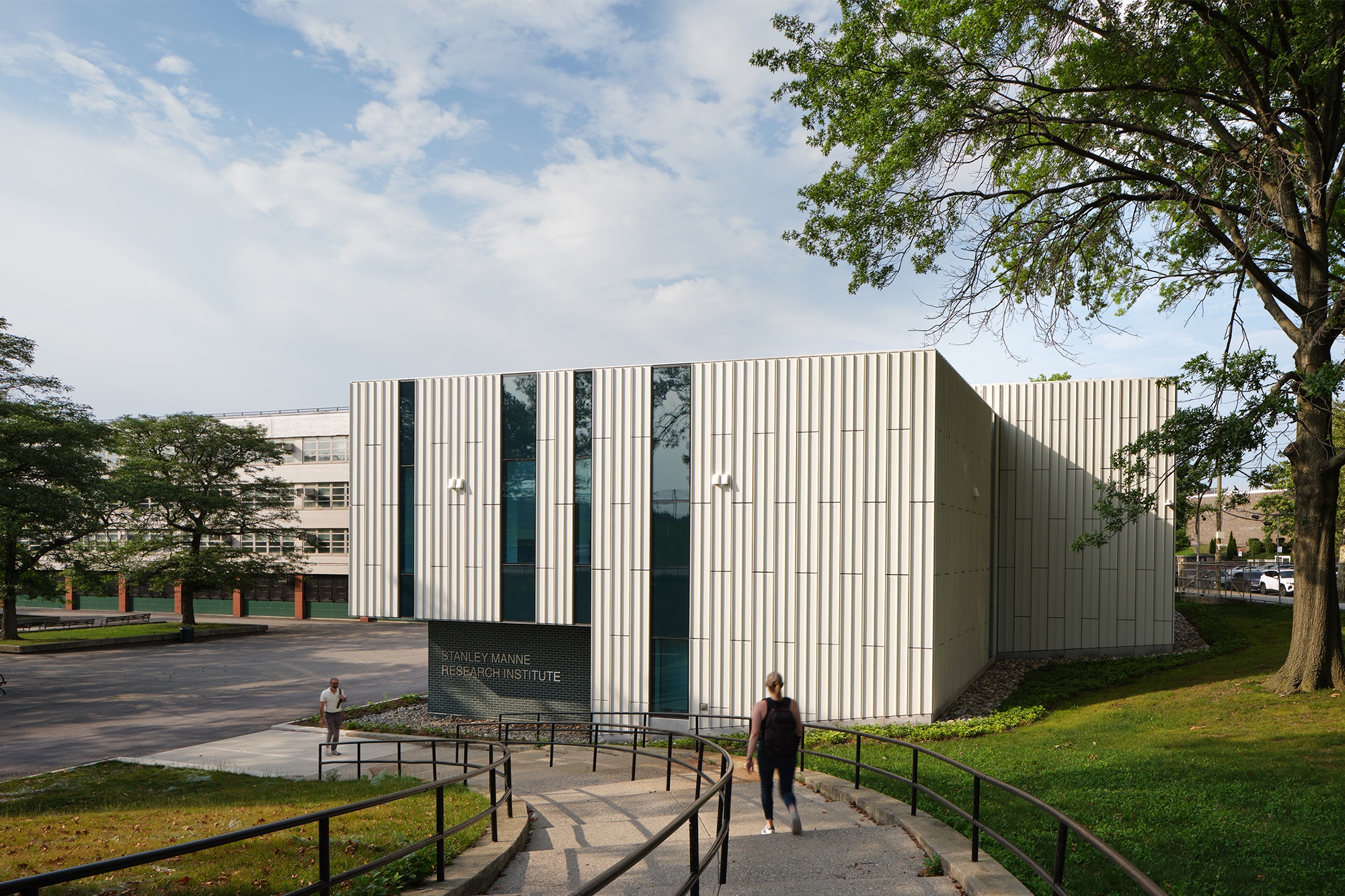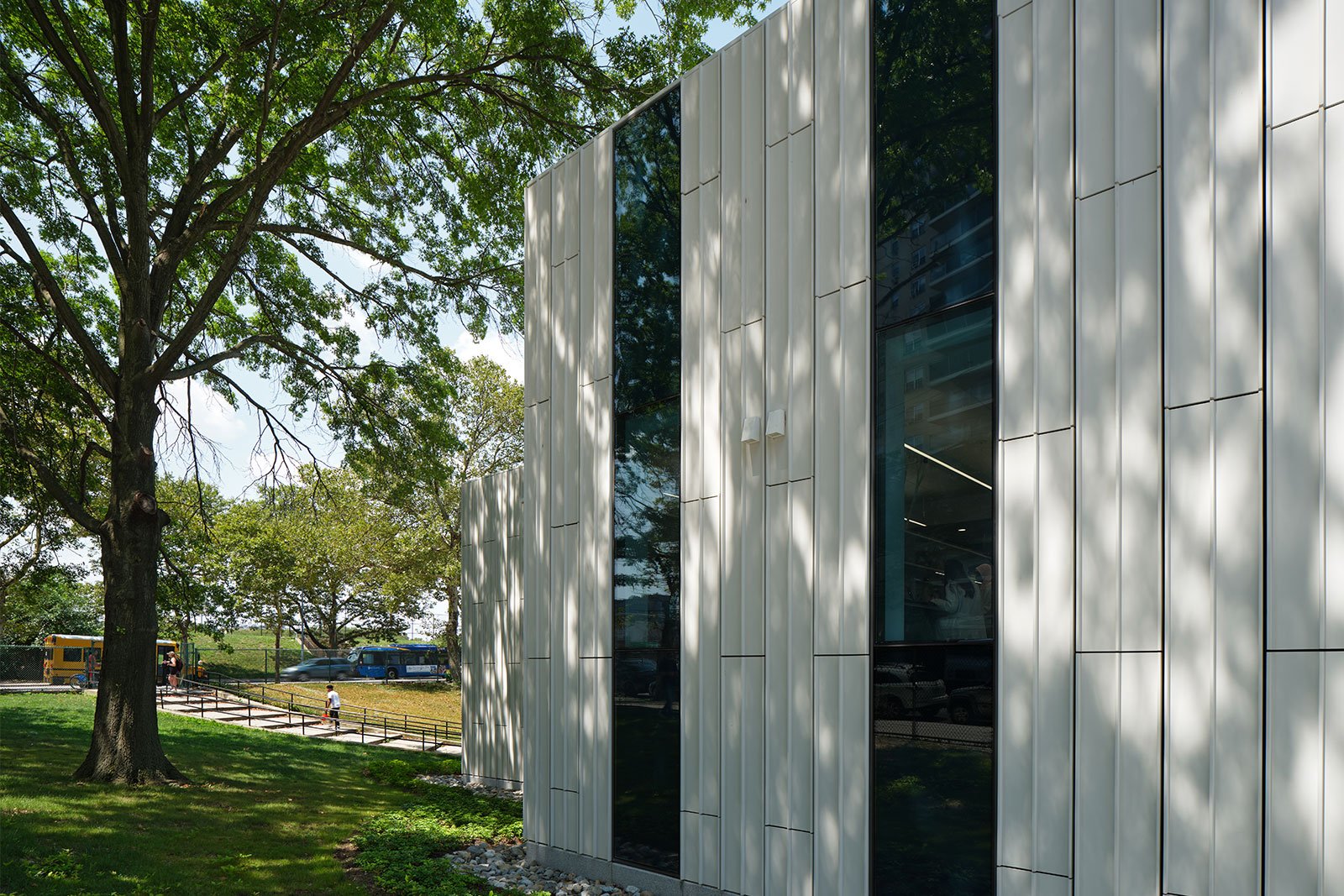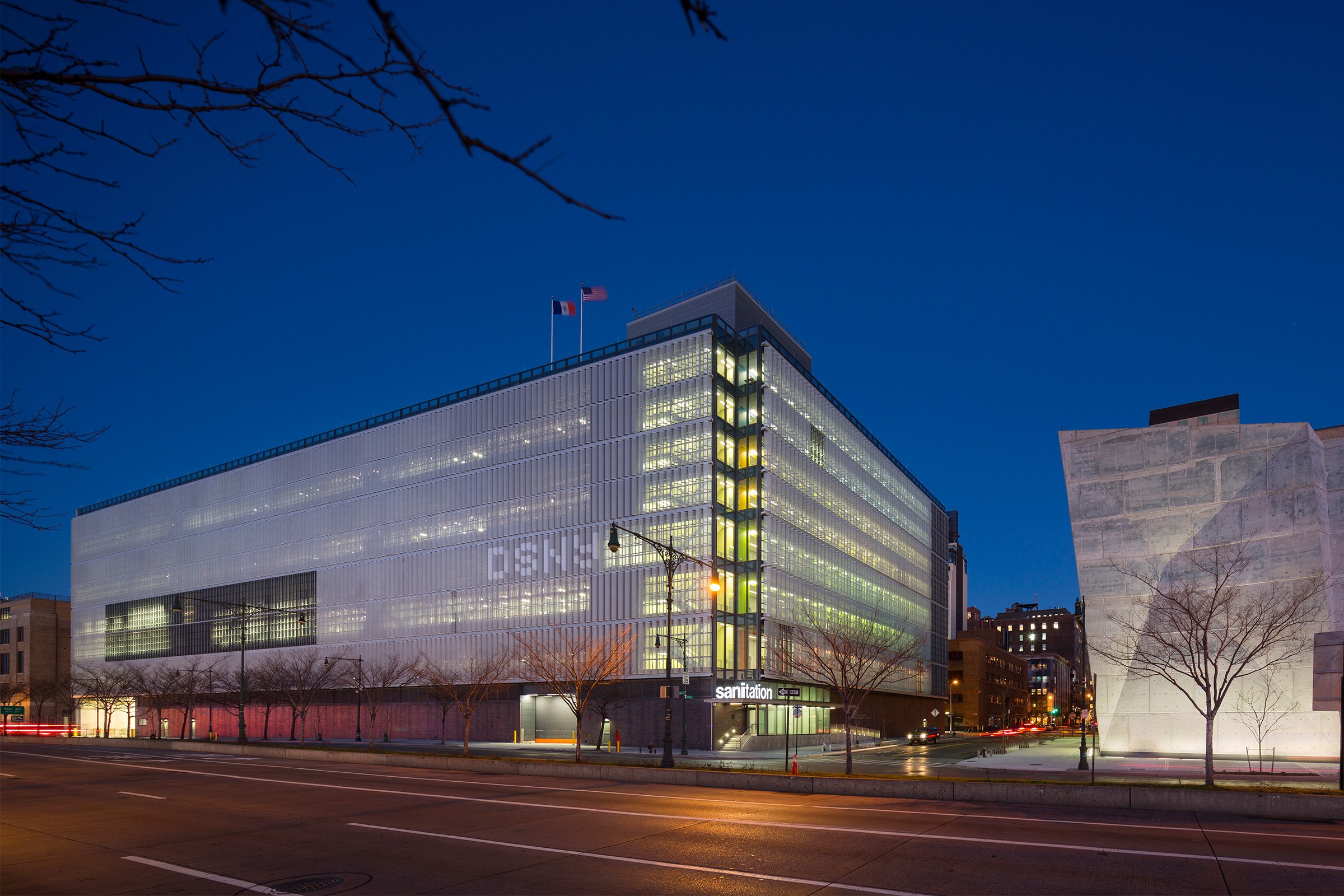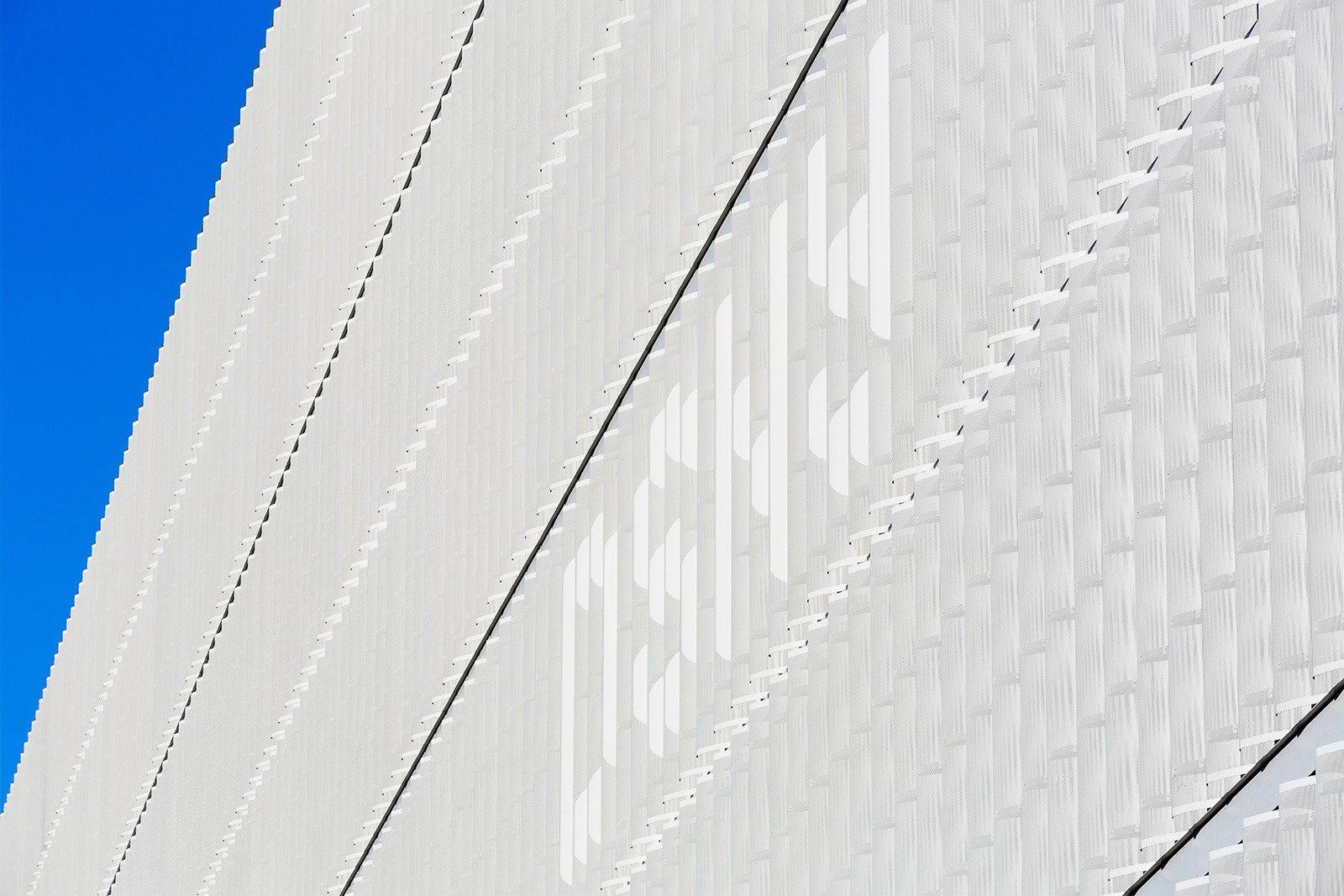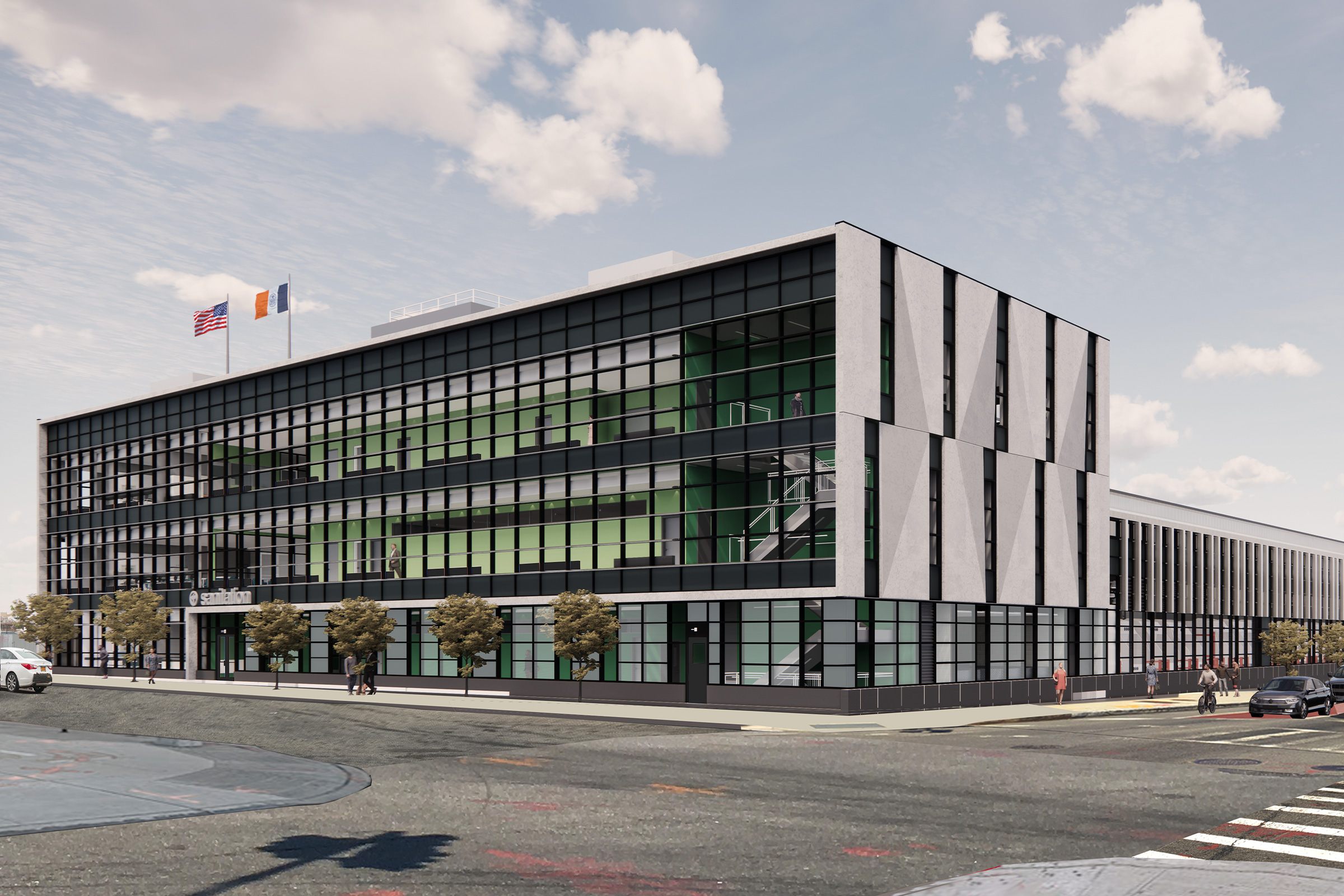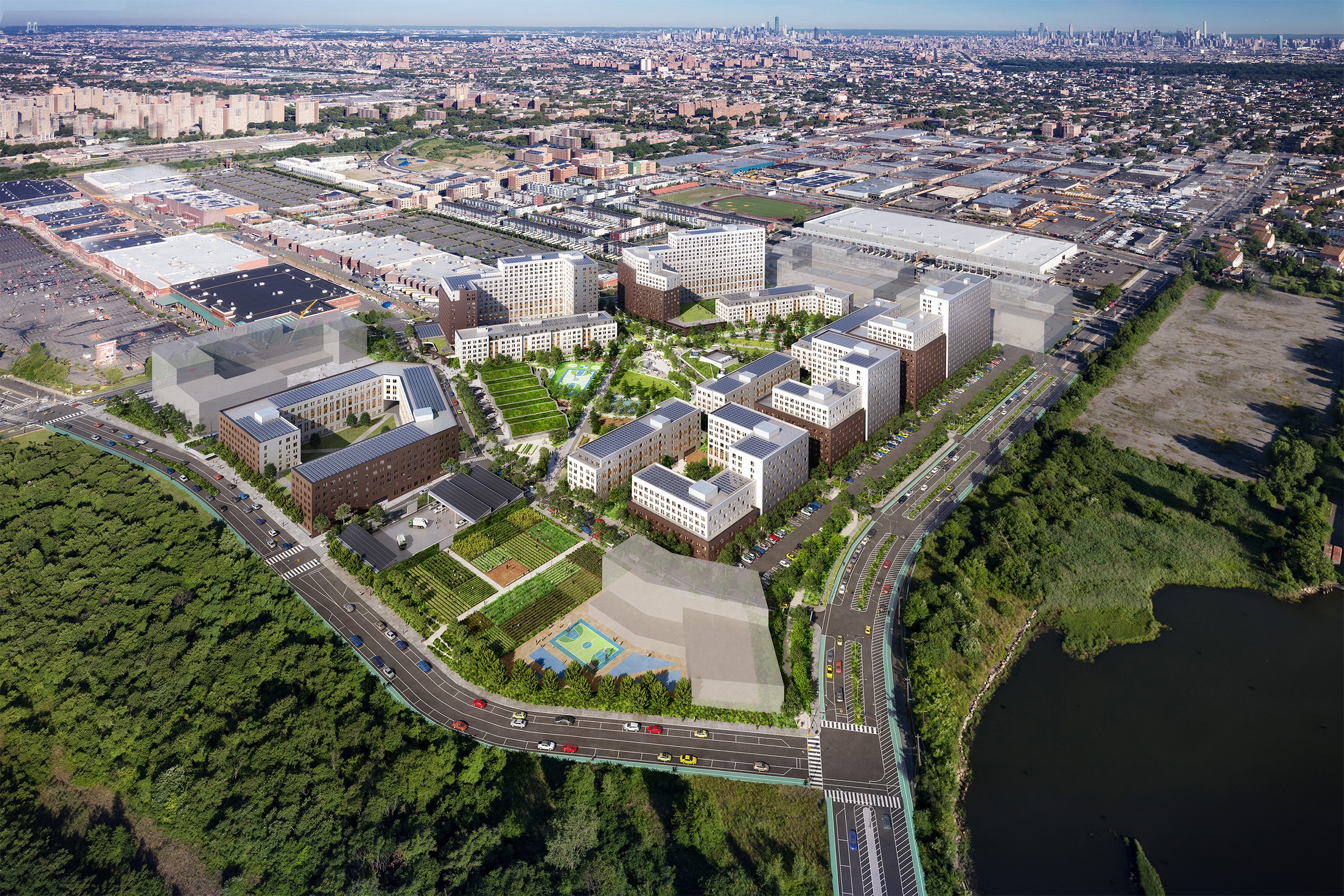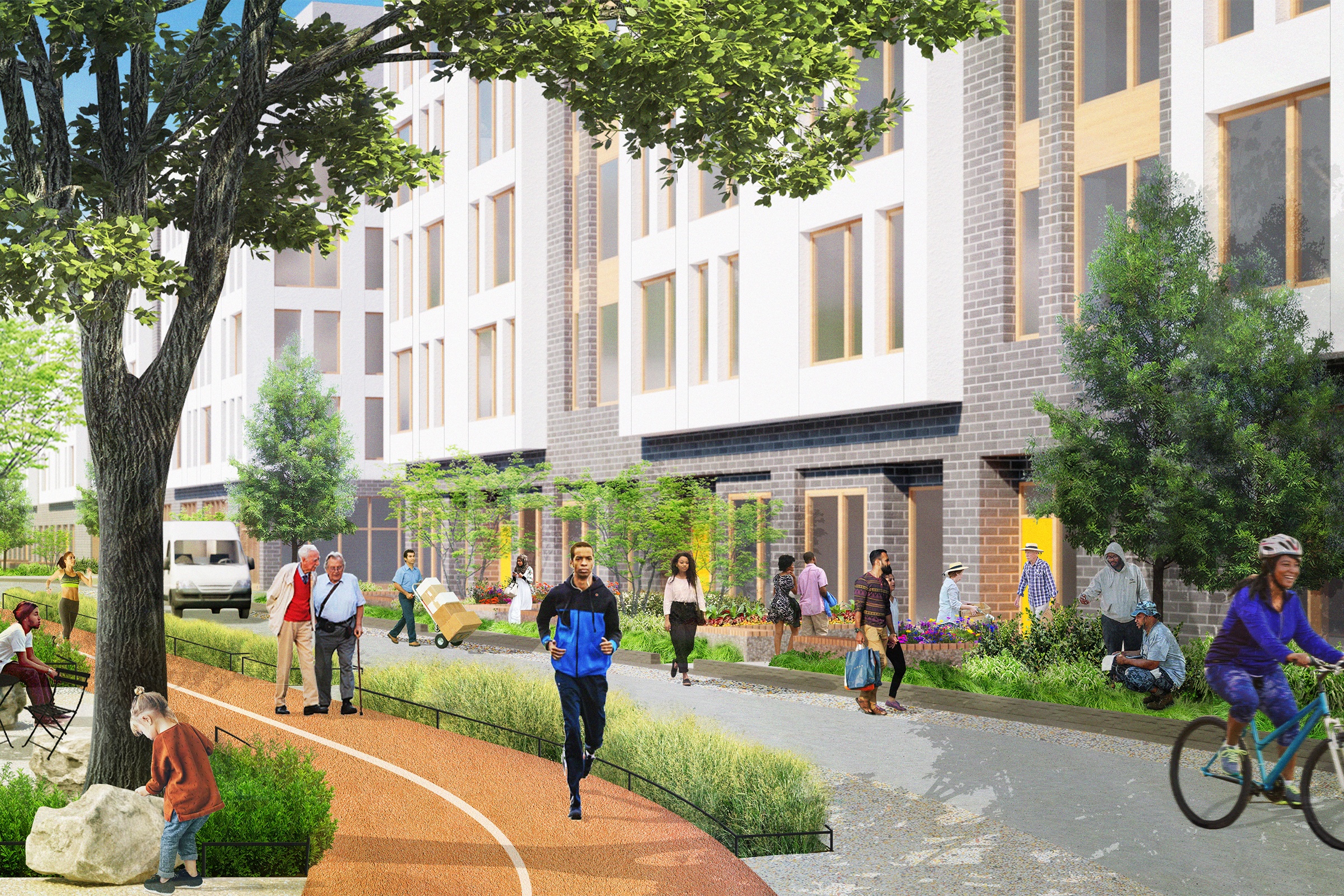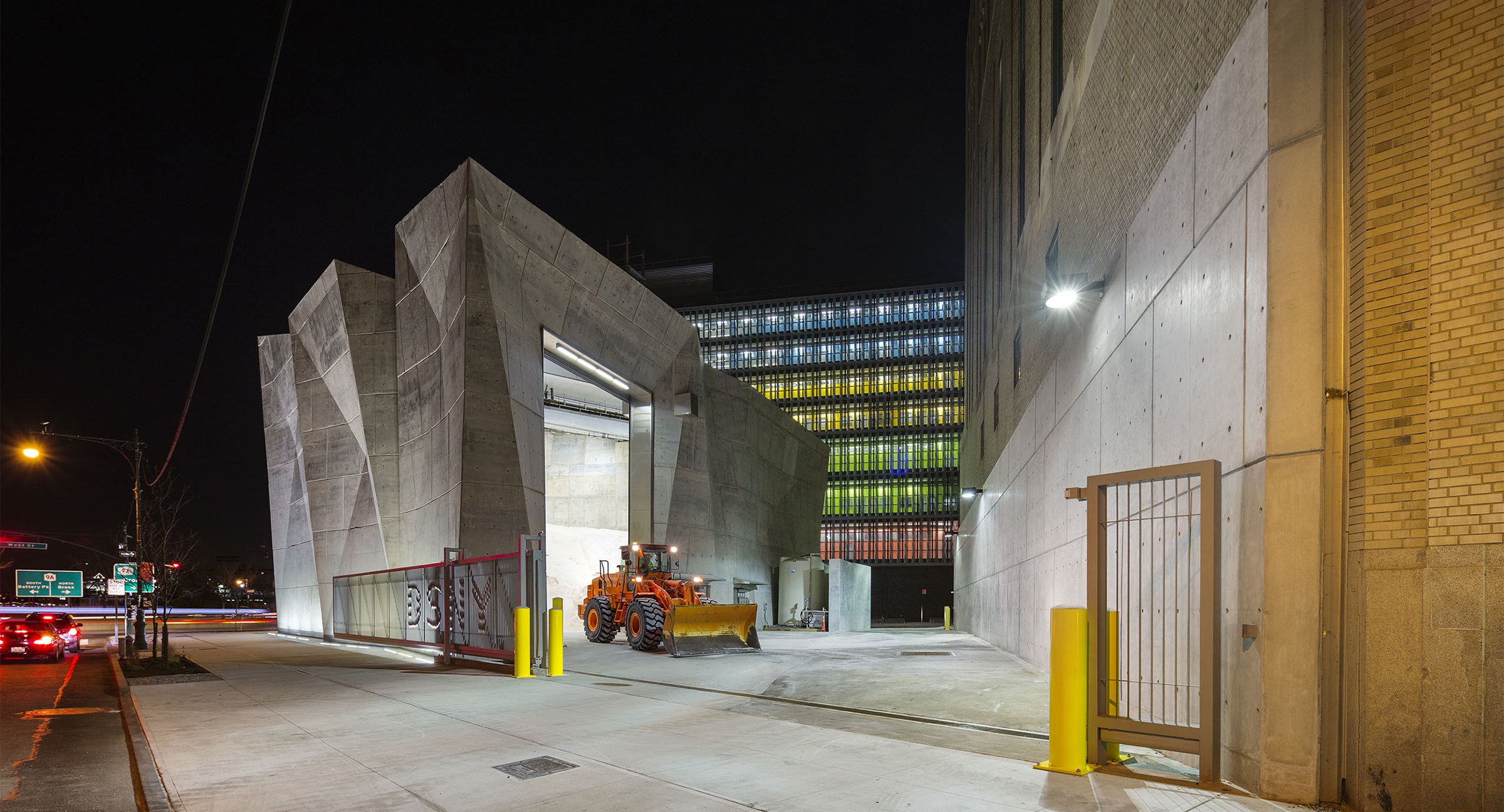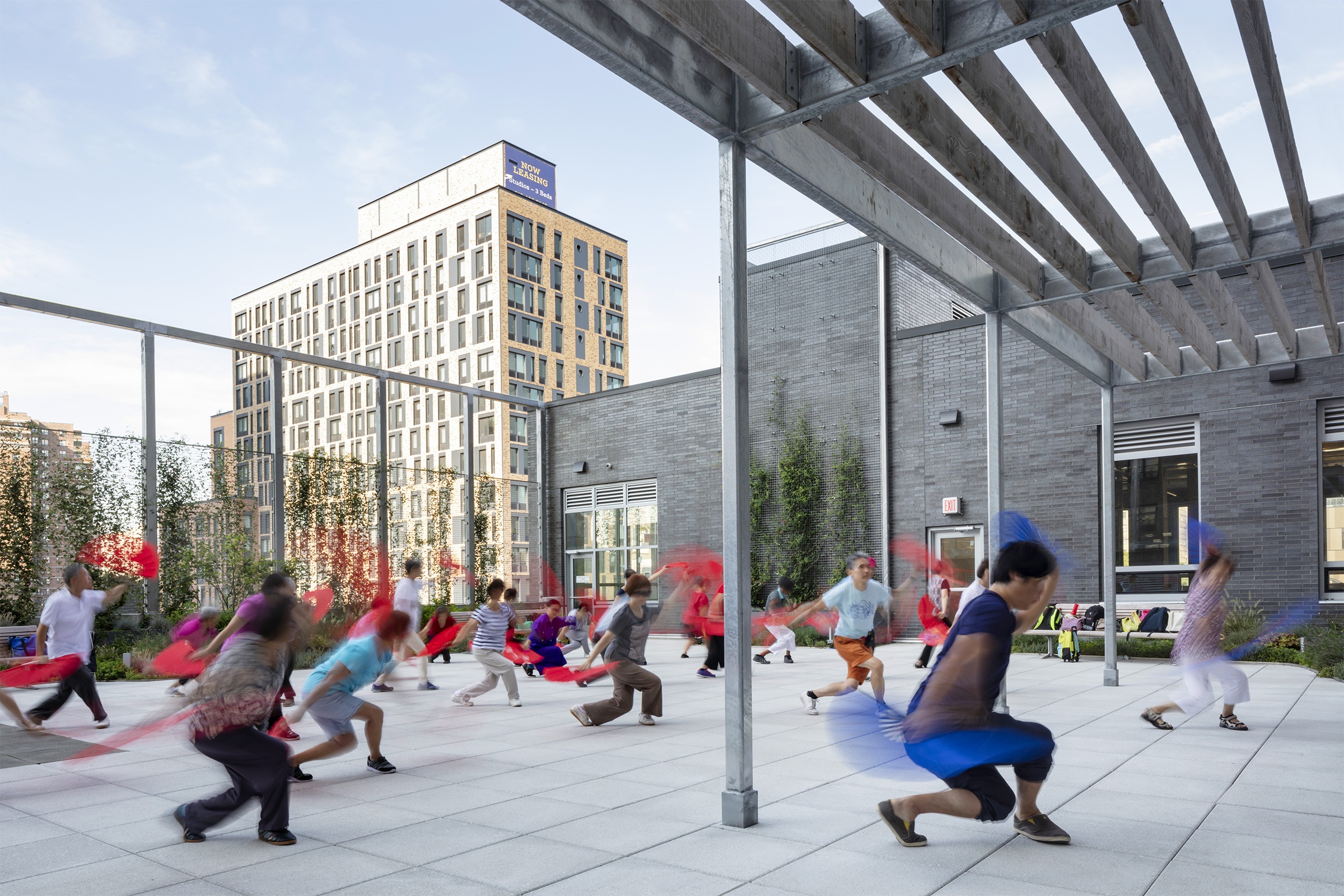We are dedicated to achieving high levels of urban sustainability and density – pioneering green civic and residential design and helping communities affected by climate change. The Bronx Library Center led the trend to make public Buildings in New York City LEED certified; Chestnut Commons pioneered the application of Passive House standards to high rise construction; each of the city’s new public school building follow the principles of the Green School’s Guide which our firm was commissioned to produce.
Our Sustainable Practice Group (SPG) facilitates a positive environmental impact and improves occupant health, equity, and the resilience of Dattner projects through research on energy use, renewable energy, indoor environment and human health, sustainable materials, site ecology, and urban infrastructure.
We are dedicated to achieving high levels of urban sustainability and density – pioneering green civic and residential design and helping communities affected by climate change. The Bronx Library Center led the trend to make public Buildings in New York City LEED certified; Chestnut Commons pioneered the application of Passive House standards to high rise construction; each of the city’s new public school building follow the principles of the Green School’s Guide which our firm was commissioned to produce.
Our Sustainable Practice Group (SPG) facilitates a positive environmental impact and improves occupant health, equity, and the resilience of Dattner projects through research on energy use, renewable energy, indoor environment and human health, sustainable materials, site ecology, and urban infrastructure.
